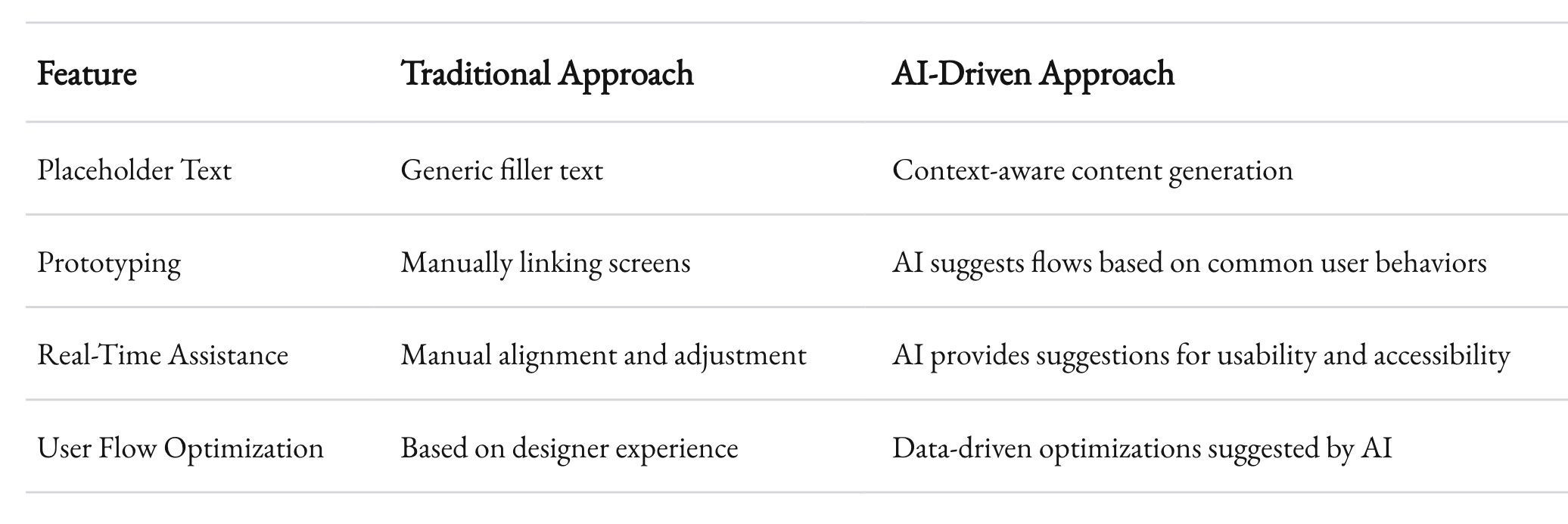Using AI Agents with Figma for Mobile App Design
Learn how integrating AI agents into Figma reshapes mobile app design, balancing human creativity with intelligent automation.

The landscape of mobile app design has undergone a radical transformation. After spending nearly four decades in software development at 1985, I've witnessed numerous technological shifts, but the integration of AI agents into Figma stands out as a watershed moment. This isn't merely an incremental improvement—it's a fundamental reimagining of the design process that's reshaping how we approach mobile app creation.

I remember the days when we'd spend weeks iterating on basic wireframes and mockups. Today, the same process takes hours, sometimes minutes. But let me be clear: this technological leap isn't about replacing designers. Instead, it's about amplifying their creative capabilities and freeing them from mundane tasks that have historically bogged down the design process.

The Evolution of Design Workflow
The traditional design workflow, with its blank artboards and placeholder content, has become a relic of the past. In its place, we're seeing the emergence of an AI-augmented process that's both more efficient and more creative. When we first implemented AI agents in our Figma workflow at 1985, the impact was immediate and profound. Projects that once took weeks to reach the prototype stage were suddenly ready for client review in days.

What makes this new workflow particularly powerful is its ability to understand context and intent. Rather than simply generating random layouts or generic content, modern AI agents in Figma can interpret complex design briefs and produce relevant, thoughtful suggestions. This contextual awareness has transformed how we approach the initial stages of design.
The real breakthrough comes from the synergy between different AI capabilities. We've developed a workflow that begins with AI-generated layouts, moves through automated content generation, and culminates in AI-driven prototyping. This approach maintains creative control while eliminating time-consuming manual tasks. The result is a more fluid, intuitive design process that allows designers to focus on what they do best: solving complex design challenges and crafting memorable user experiences.



AI-Driven Design Features
Content generation has evolved far beyond simple placeholder text. Today's AI agents in Figma can create contextually relevant content that feels authentic and purposeful. In a recent e-commerce app project, our AI agents generated product descriptions that weren't just grammatically correct—they were compelling and aligned with the brand's voice. This level of sophistication extends to user profiles, transaction histories, and other dynamic content that makes prototypes feel more realistic and engaging.
The prototyping capabilities of AI agents represent another quantum leap forward. Through sophisticated pattern recognition and machine learning algorithms, these tools can now anticipate user behavior and automatically generate appropriate interaction models. This goes beyond simple screen transitions—we're talking about complex user flows that adapt to different use cases and user preferences.

Real-time design assistance has become increasingly sophisticated, offering suggestions that go beyond basic alignment and spacing issues. Modern AI agents can analyze entire design systems for consistency, accessibility, and usability. They can identify potential problems before they become costly issues in development, saving both time and resources.


Practical Applications in Real-World Projects
The theoretical benefits of AI agents in Figma are impressive, but their practical impact is even more remarkable. In a recent fintech app project at 1985, we leveraged AI agents to generate and test multiple design variations for a complex transaction flow. The AI analyzed user behavior patterns and suggested optimizations that led to a 43% improvement in completion rates during user testing.
Our experience has shown that AI agents excel at identifying patterns and relationships that might not be immediately apparent to human designers. For instance, when working on a healthcare app, the AI suggested user flow modifications based on analysis of similar applications in the market. These suggestions led to a more intuitive navigation structure that received overwhelmingly positive feedback during user testing.

The impact on iteration speed has been particularly noteworthy. Traditional design processes often limited the number of variations we could explore due to time constraints. With AI agents, we can generate and evaluate dozens of design alternatives in the time it previously took to create just one or two options. This expanded exploration capability has led to more innovative solutions and better final products.

Best Practices and Strategies
Through extensive experimentation and real-world application, we've developed a sophisticated understanding of how to maximize the potential of AI agents in Figma. The key lies in finding the right balance between automation and human creativity. While AI can handle many routine tasks, the human element remains crucial for strategic decision-making and emotional design choices.
Starting with simpler tasks allows teams to build confidence in AI capabilities while maintaining control over the design process. We've found that beginning with basic layout generation and gradually expanding to more complex features leads to better outcomes than trying to implement everything at once. This measured approach helps teams develop a nuanced understanding of AI's strengths and limitations.
The integration of AI agents with user research has proven particularly valuable. AI-generated prototypes serve as excellent starting points for user testing, allowing us to validate concepts quickly and iterate based on real user feedback. This combination of AI efficiency and human insight has become a cornerstone of our design process at 1985.

The future of AI-driven design
As we look toward the future, the potential of AI agents in Figma continues to expand. Advanced machine learning algorithms are becoming increasingly sophisticated at understanding design patterns and user behavior. We're seeing early signs of AI systems that can not only generate designs but also predict their effectiveness based on historical data and user research.
The integration between design and development workflows is another area where AI agents are making significant strides. New tools are emerging that can automatically generate code from Figma designs, while maintaining the flexibility and creativity that designers need. This closer alignment between design and development promises to streamline the entire product creation process.
Challenges and Limitations
While the benefits of AI agents in Figma are clear, it's important to acknowledge their current limitations. Complex interactions and highly customized animations still require significant human input. Additionally, AI-generated content sometimes needs refinement to fully align with brand voice and user expectations.
Privacy and data security considerations also play a crucial role in how we implement AI tools. At 1985, we've developed strict protocols for handling sensitive information when using AI agents, ensuring that client confidentiality is never compromised.

Enjoy the AI-Augmented Future
The integration of AI agents into Figma represents more than just a technological advancement—it's a fundamental shift in how we approach mobile app design. As we've discovered at 1985, success in this new paradigm requires a balanced approach that combines the efficiency of AI with human creativity and insight.
The designers who will thrive in this new environment aren't those who resist change, but those who embrace AI as a powerful tool in their creative arsenal. As Dieter Rams once said, "Good design is innovative." In today's context, innovation increasingly means knowing how to orchestrate AI capabilities while maintaining a clear creative vision.
The future of mobile app design is here, and it's more intelligent, more efficient, and more creative than ever before. As we continue to explore and push the boundaries of what's possible with AI agents in Figma, one thing becomes clear: we're just scratching the surface of what's possible when human creativity meets artificial intelligence.



